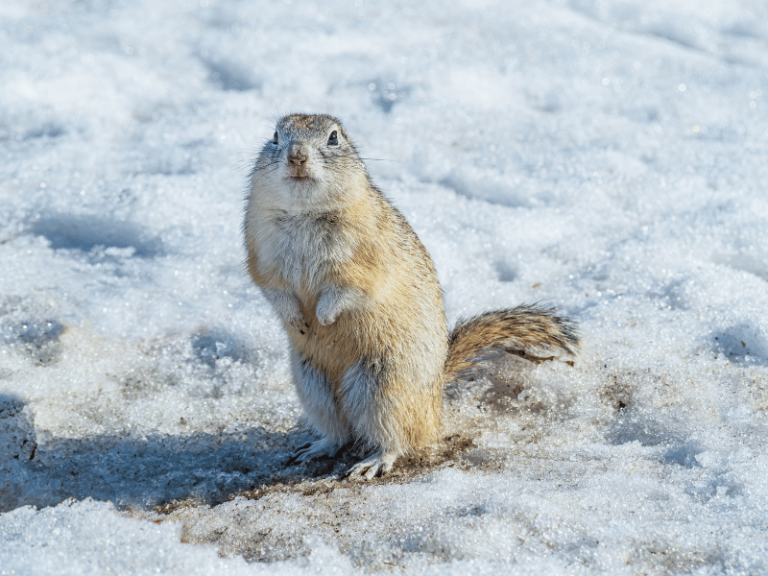The Earth follows its own orbit, continuously revolving around the Sun. Due to the tilt of the Earth’s axis and the varying angles at which different parts of the Earth’s surface receive solar radiation, the four seasons of spring, summer, autumn, and winter are defined.
The changes in temperature throughout the four seasons are constantly occurring. The variation in atmospheric temperature can also affect the temperature of the Earth’s strata, but this influence is very weak for thick layers of the Earth. For example, if the surface temperature difference between day and night is as much as 20°C, the temperature difference at a depth of 1 meter underground is only about 0.004°C. Furthermore, the deeper you go, the weaker this influence becomes.
Because the changes in underground temperature are so negligible, hibernating animals generally burrow underground to survive the harsh winter. How deep they burrow and how long they remain underground depends on the length of the winter season and the depth to which the cold penetrates the ground. Typically, they burrow to depths of 1 to 5 meters. In fact, burrowing too deep and too warm is very detrimental to the physical condition of hibernating animals.
From late autumn to the depths of winter, the surface temperature and the temperature of the shallow layers of the Earth gradually decrease. As a result, hibernating animals fall into a deeper and deeper sleep; by mid-winter, some are in a half-dead state underground. However, when the beginning of spring arrives, the sunlight gradually strengthens, the surface temperature gradually rises, and the intrusion of cold air is eliminated. At the same time, the heat radiating from the Earth’s core gradually becomes dominant, known as the “earth’s heat” rising. Due to these regular changes in internal and external cold, hibernation progresses, continues, and ends in close coordination. Therefore, from mid-spring onwards, the warming of the Earth is relatively stable, and surface vegetation generally begins to sprout. When food sources become abundant for animals and the underground temperature rises enough to restore normal physiological metabolism, hibernating animals gradually awaken. By the time they emerge from the ground, it is already late spring. This is the origin of hibernating animals heralding the arrival of spring.

